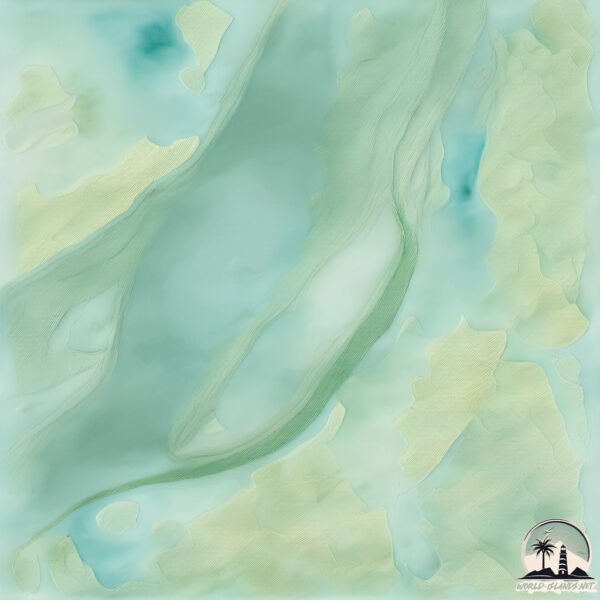Welcome to El Tocal , a Tropical island in the Caribbean Sea, part of the majestic Atlantic Ocean. This guide offers a comprehensive overview of what makes El Tocal unique – from its geography and climate to its population, infrastructure, and beyond. Dive into the details:
Geography and size of El Tocal
Size: 8.202 km²Coastline: 20.1 kmOcean: Atlantic OceanSea: Caribbean SeaContinent: South America
El Tocal is a Small Island spanning 8.2 km² with a coastline of 20.1 km.
Archipel: –
Tectonic Plate: South America – A major plate covering the South American continent and part of the Atlantic Ocean, known for the Andes mountain range and significant seismic and volcanic activity.
The geographic heart of the island is pinpointed at these coordinates:
Climate and weather of El Tocal
Climate Zone: TropicalClimate Details: Tropical Savanna, WetTemperature: Hot
Climate Characteristics: Defined by distinct wet and dry seasons with high temperatures year-round. Pronounced rainfall occurs during the wet season, while the dry season is marked by drought.
Topography and nature of El Tocal
Timezone: UTC-04:30Timezone places: America/CaracasMax. Elevation: 18 m Mean Elevation: 17 mVegetation: WetlandTree Coverage: 73%
The mean elevation is 17 m. The highest elevation on the island reaches approximately 18 meters above sea level. The island is characterized by Plains: Flat, low-lying lands characterized by a maximum elevation of up to 200 meters. On islands, plains are typically coastal lowlands or central flat areas.
Dominating Vegetation: Wetland
Vegetation: 3 vegetation zones – Moderately Diverse Island
Infrastructure and Travelling to El Tocal
Does the island have a public airport? no .
Does the island have a major port? no .
The mean population of El Tocal is 10 per km². El Tocal is Gently Populated. The island belongs to Venezuela .
Continuing your journey, Bernabela is the next notable island, situated merely km away.
Los Realejos (Tenerife) "La Ladera del Toscal y el viejo camino desde Los Roques"
Interesante caminata de no más de media hora, realizada el 10 de octubre de 2010. El viejo camino hacia la Ladera de el barrio ...
Los Realejos (Tenerife) "La Ladera del Toscal y el viejo camino desde Los Roques"
Interesante caminata de no más de media hora, realizada el 10 de ...
Interesante caminata de no más de media hora, realizada el 10 de octubre de 2010. El viejo camino hacia la Ladera de el barrio ...
GCP Promo taller tv - Güimar y El Tocal - Tenerife
Video Promociaolan del Taler de Tv celebrado en el municipio de ...
Video Promociaolan del Taler de Tv celebrado en el municipio de Güimary durante las fiestas de Ntra. Sra. del Carmen y en El ...
How to make toca zombie
#shorts #tocaboca #tocaedits #tocalifeworld #zombie #tocastory
Zombie Apocalypse 1: Epic Battle WATCH THE FULL STORY HERE: ...
Venezuela is classified as Emerging region: G20: Group of Twenty – Major economies comprising both developed and emerging countries, representing the world’s largest economies. The level of income is Upper middle income.
News – Latest Updates and Headlines from El Tocal
Stay informed with the most recent news and important headlines from El Tocal. Here’s a roundup of the latest developments.
Loading...
Please note: The data used here has been primarily extracted from satellite readings. Deviations from exact values may occur, particularly regarding the height of elevations and population density. Land area and coastline measurements refer to average values at mean high tide.

